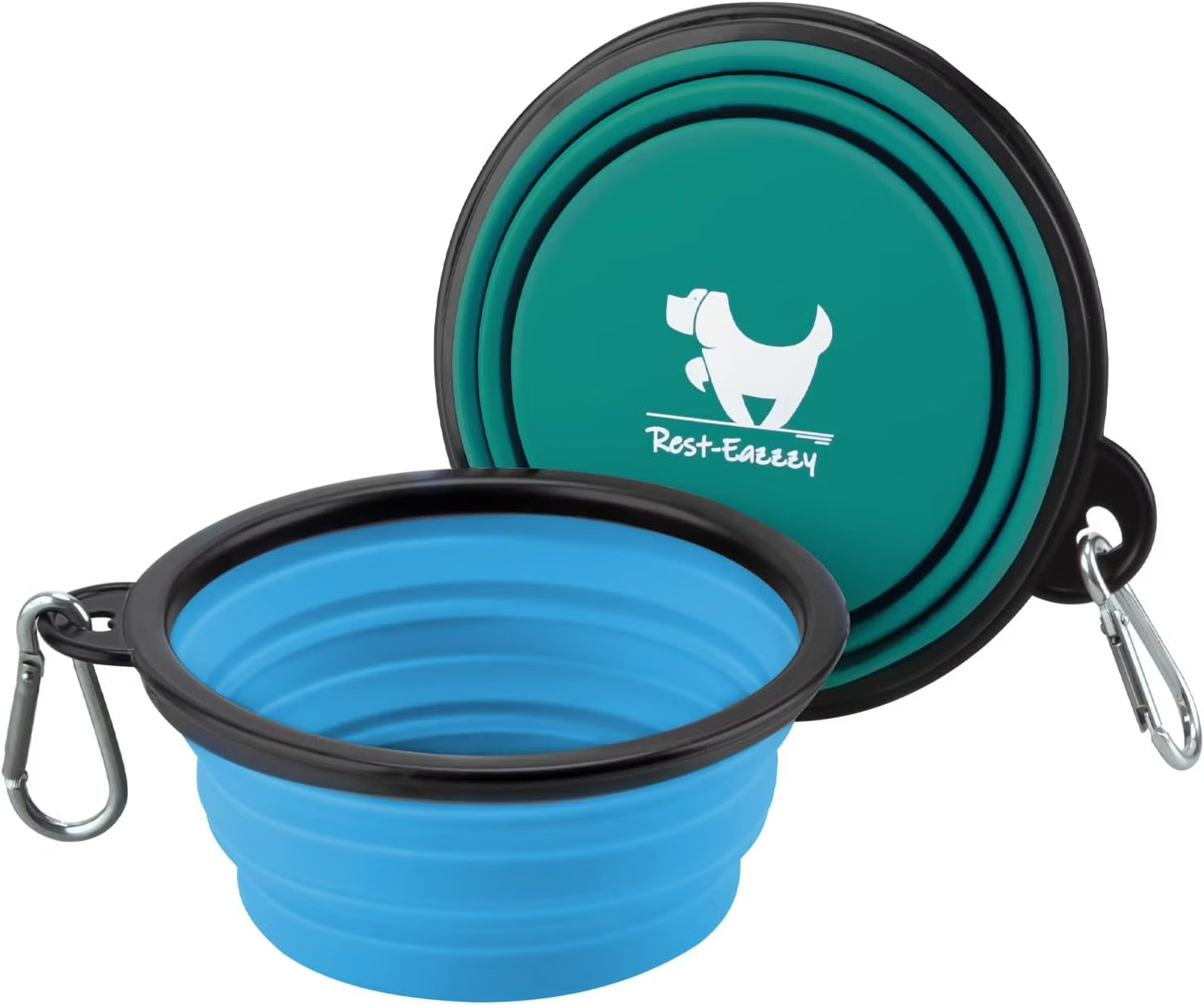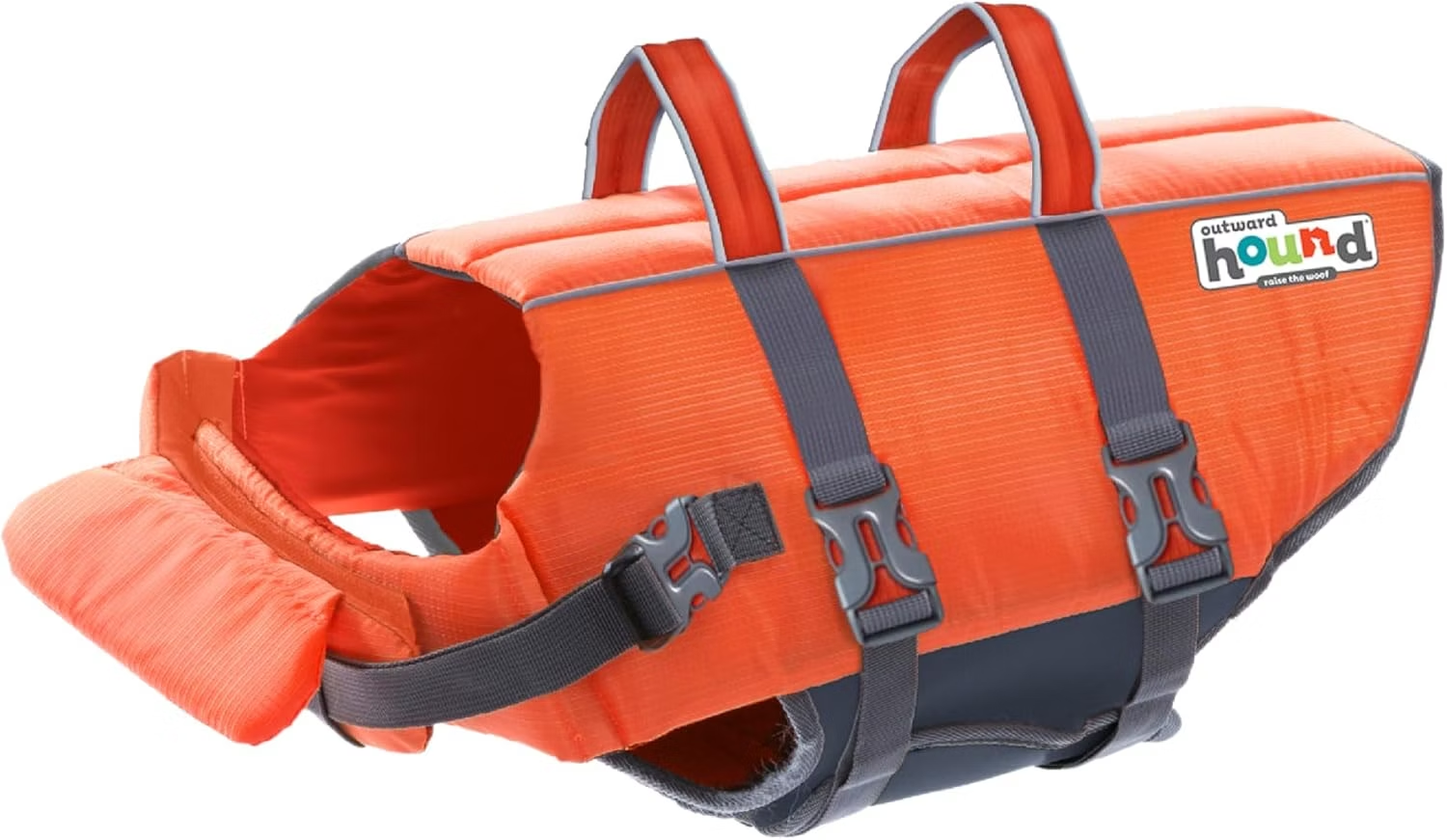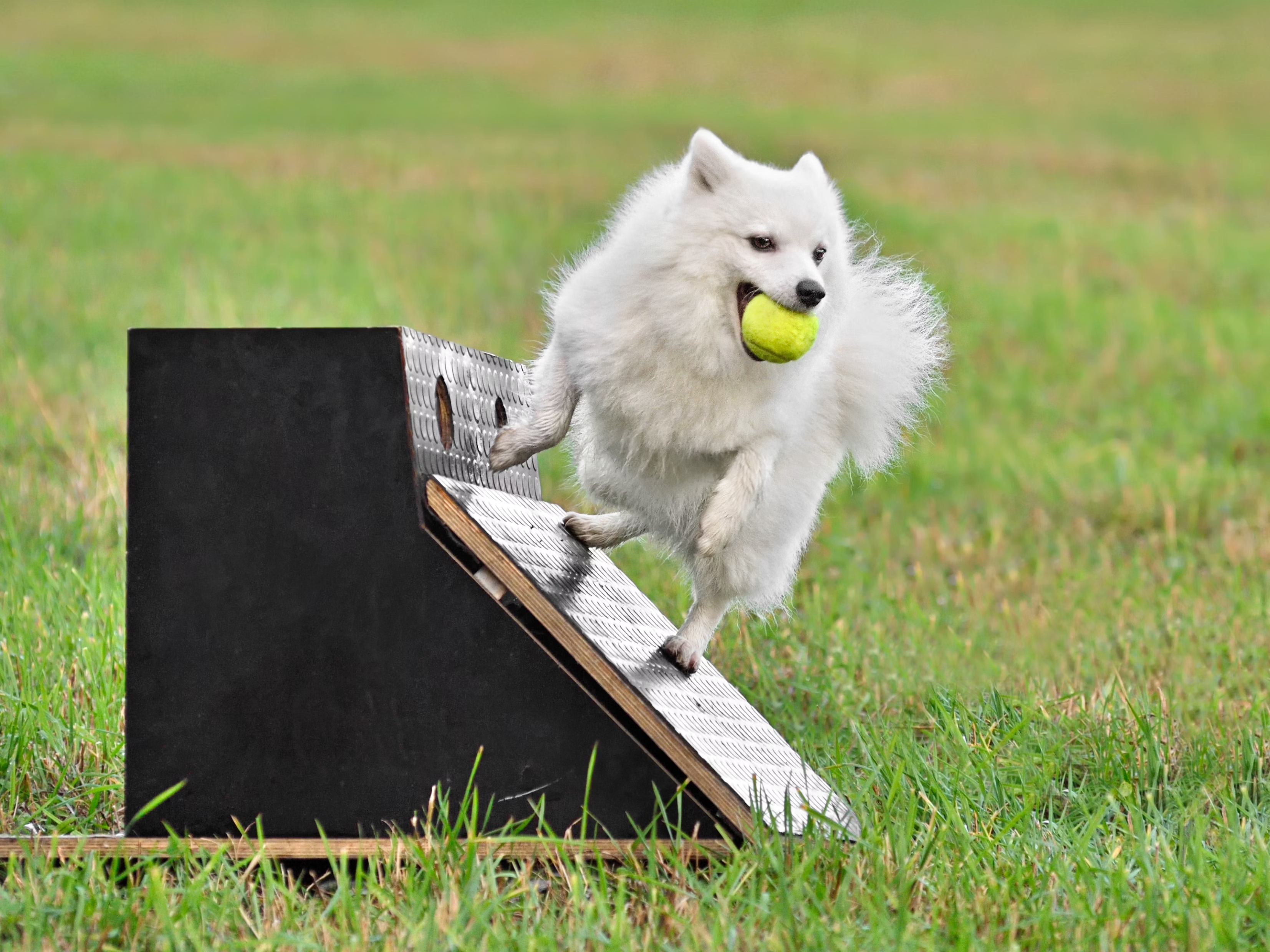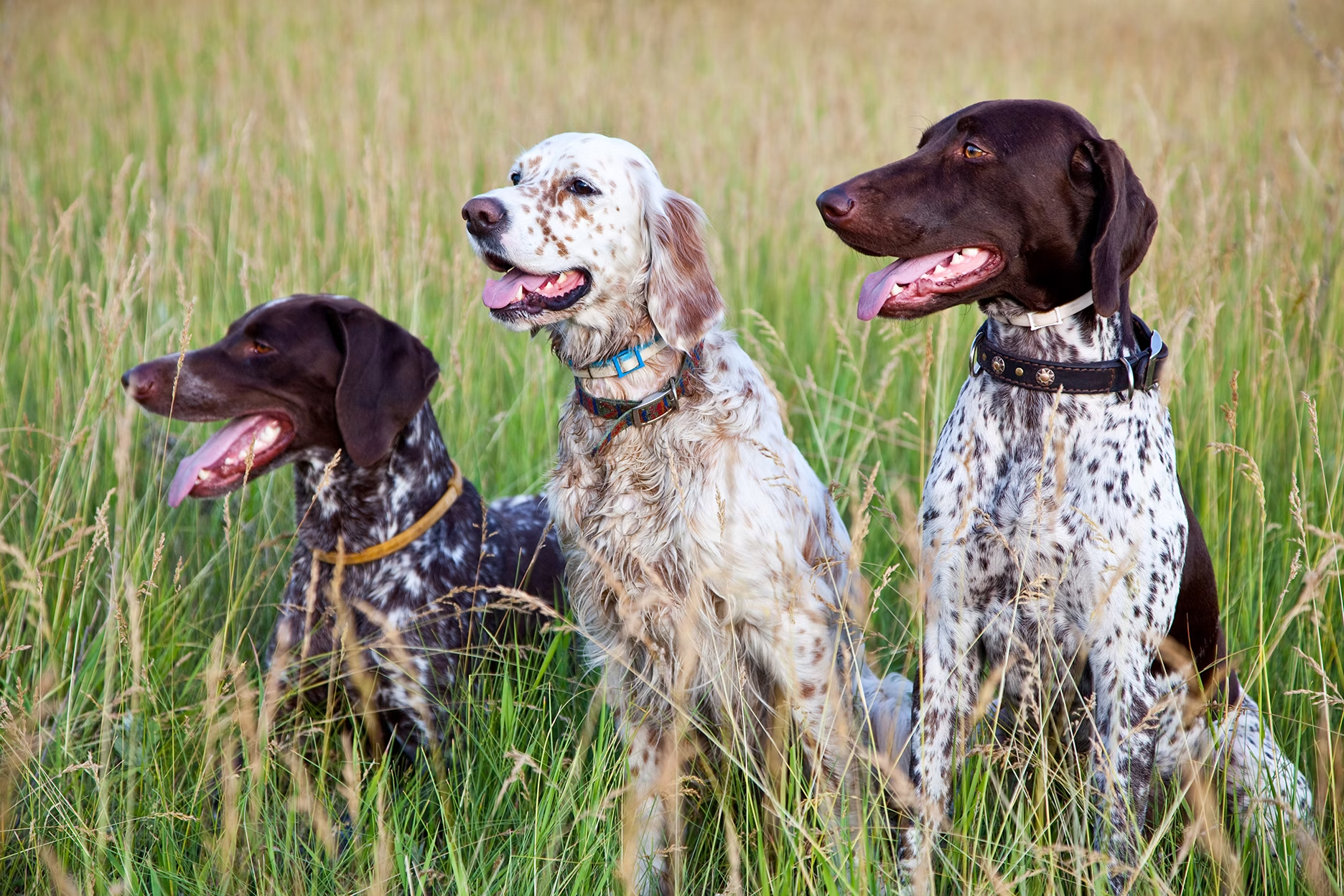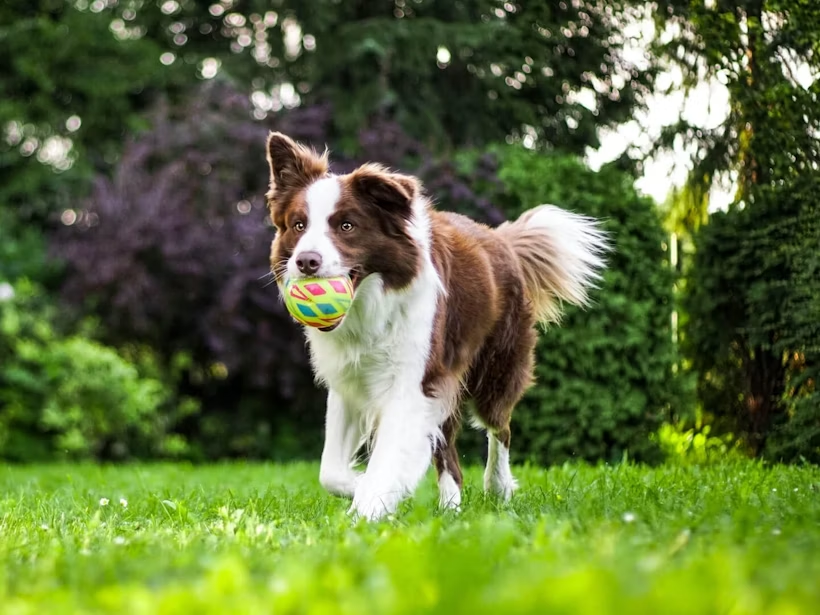Does your pup turn every puddle into their own personal mini pool? If the answer is yes, you might have a water dog on your hands. If you’ve ever wondered why some dogs have a natural love of water while others are less enthusiastic, this post is for you!
What is a water dog?
Water dog refers to breeds specifically developed to work alongside hunters as wetland bird dogs or on boats aiding fishermen. Typical characteristics of water dogs include water-resistant coats, and a strong swimming ability. They are often exuberant around water and enjoy playing and retrieving in water any chance they get.
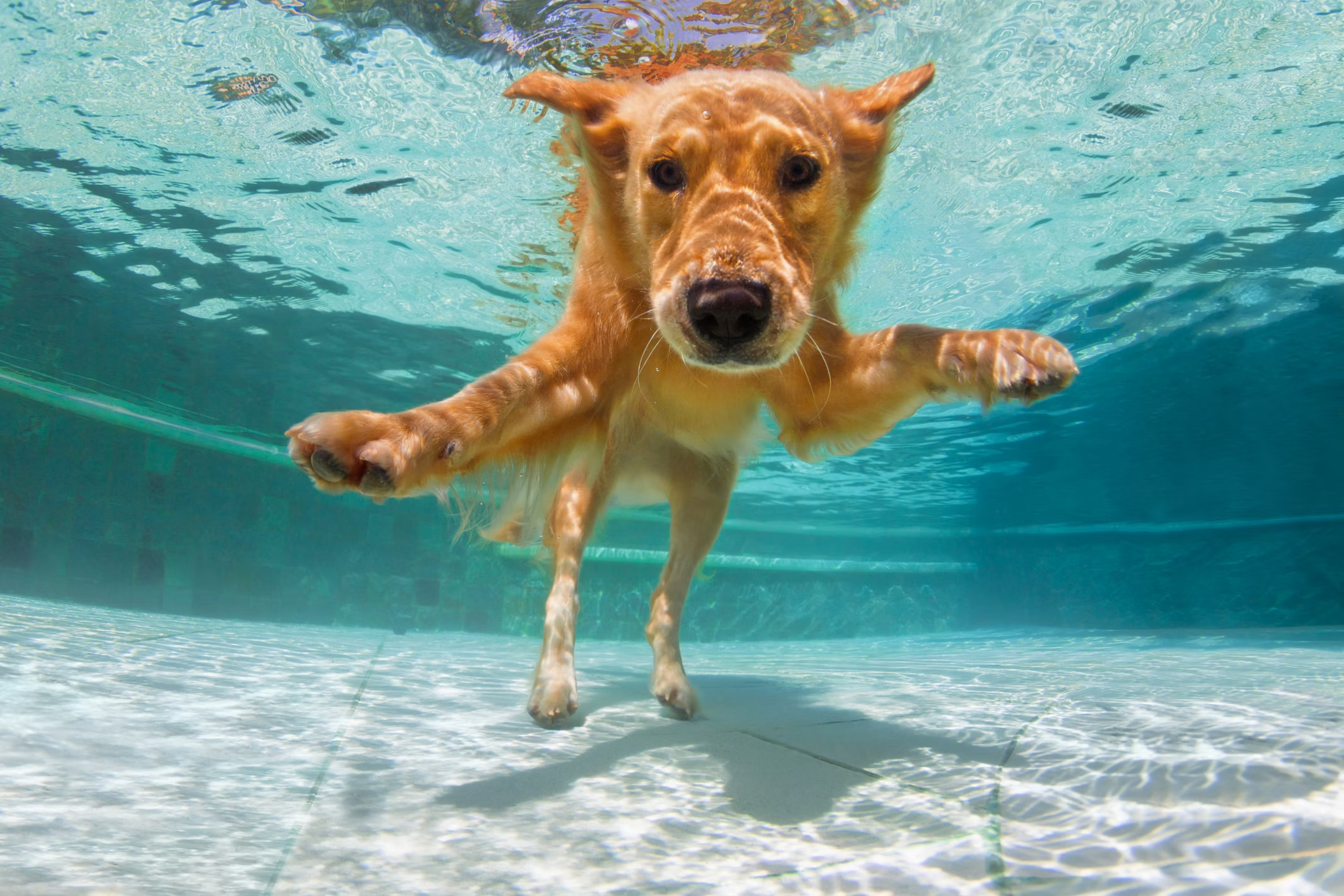
Dogs that like water
First things first: every dog is unique. You may have a dog on this list that prefers to steer clear of water. Or you may have one not listed that loves to swim any chance they get. While the breeds below are typically dogs that like water and like to swim, the preferences of individual dogs can (and do!) vary. However, following are some of the best water dogs based on their long history of selective breeding.
Lagotto Romagnolo
In Italian, Lagotto Romagnolo translates to "lake dog from Romagna," a fitting description for a dog first bred to retrieve waterfowl from marshes in its native Italy. While they may be the foundational breed from which other water dogs descended, today they are best known for their legendary truffle hunting abilities.
Golden Retriever
The Golden Retriever originated in Scotland in the 19th century. Originally bred to retrieve game from land and water, the Golden Retriever is now one of the most versatile dog breeds. They have water-repellent coats and are excellent swimmers. They enjoy retrieving floating toys from the water and dog water sports like dock diving.
Portuguese Water Dog
This Portuguese Water Dog was bred to help fishermen with tasks like herding fish into nets and retrieving lost tackle. They have a curly, water-resistant coat and enough stamina for a full day of work on the water. They love playing in streams and lakes and typically make excellent pets for active families.
American Water Spaniel
The American Water Spaniel is a skilled hunter and swimmer. Their curly coats are dense and waterproof, making the breed ideal for retrieving game from the chilly water. These sporty pups need plenty of exercise to stay mentally and physically fit.
Labrador Retriever
The Labrador Retriever originated in Newfoundland, Canada where they were bred to assist fishermen by hauling nets, retrieving fish, and recovering fishing gear. Today, they perform a variety of jobs including retrieving waterfowl, search and rescue, and performing duties as service dogs. They’re also one of the most popular breeds for families, thanks to their easy-going, adventurous personalities.
Standard Poodle
Originally bred in Germany as a water retriever, the Poodle’s iconic haircut was actually designed to increase their efficiency in the water. The Poodle clip—shaved on the legs, neck, and tail with tufts of hair around the joints and vital organs—allowed the Poodle to move more easily through water while keeping essential parts of their body warm. They are calm, sensitive dogs that are often far more sporty than people realize.
Newfoundland
Newfoundlands were originally bred in Newfoundland, Canada, to work alongside fishermen. Their tasks included pulling nets, hauling heavy equipment, and rescuing drowning victims. Their strength, endurance, and natural swimming ability make them exceptional water dogs, renowned for their lifesaving skills. They are also sweet, patient pups that earned the nickname "nanny dogs" thanks to their affection for children.
Chesapeake Bay Retriever
The Chesapeake Bay Retriever was bred to retrieve ducks from the harsh, cold water in the Mid-Atlantic. Their coat has a natural oil that keeps water away from their skin and helps it to dry quickly—a must when working in such chilly conditions. "Chessies" have a calm, cheerful nature and love accompanying active families for all of life’s adventures.
Nova Scotia Duck Tolling Retriever
The Nova Scotia Duck Tolling Retriever, or "Toller," was developed in Nova Scotia, Canada. They were bred to lure ducks by frolicking along the shoreline, piquing the interest of nearby birds and drawing them closer to land. They are playful, energetic dogs that love being part of an active family.
Barbet
The Barbet, is a French water dog originally bred for hunting waterfowl. The breed is known for its agility and endurance in water. Their thick, curly coat provides protection against the elements, allowing them to work effectively in extremely cold conditions. In addition to their keen hunting abilities, they are loved for their goofy, clownish personality and loyalty to their family.
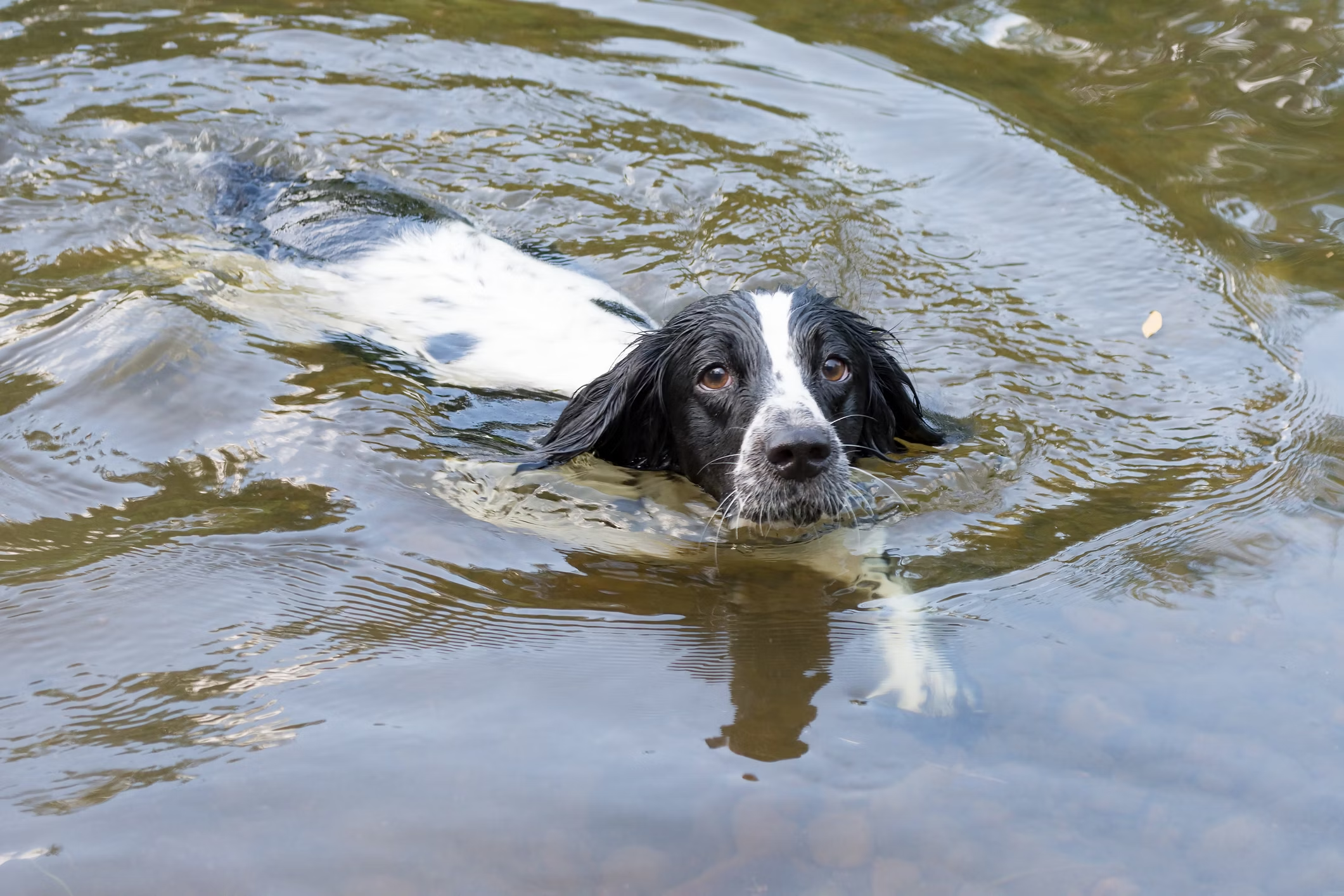
Can all dogs swim?
Water dogs have been selectively bred to perform well in water and have natural swimming abilities. But plenty of other dogs can swim, too. In fact, a study that examined the mechanics of "dog paddling" found there was no significant difference in swimming style between water dogs and dogs bred for land use.
Training and exposure can play a role in a dog’s ability to swim and their comfort around water. Dogs that are introduced to water and swimming at a young age are more likely to enjoy it. However, some dogs have characteristics that make swimming a challenge.
Physical traits affecting swimming abilities
Short Legs and long body
Basset Hounds, Corgis, Dachshunds, and other breeds that have short legs and long bodies can have a difficult time staying afloat.
Deep chest
Barrel-chested breeds like Bulldogs and Bull Terriers can also struggle to stay afloat in water, requiring a lot of energy to keep their heads above the surface.
Flat faced (brachycephalic) breeds
Breeds with flat faces, including Pugs, Boxers, and Cavalier King Charles Spaniels can more easily get water in their noses, putting them at increased risk for drowning. And, overexertion while swimming can lead to difficulty breathing.
Small size and delicate build
Chihuahuas, Yorkshire Terriers, and other very small breeds can become overwhelmed in the water. They may tire quickly and struggle to stay afloat.
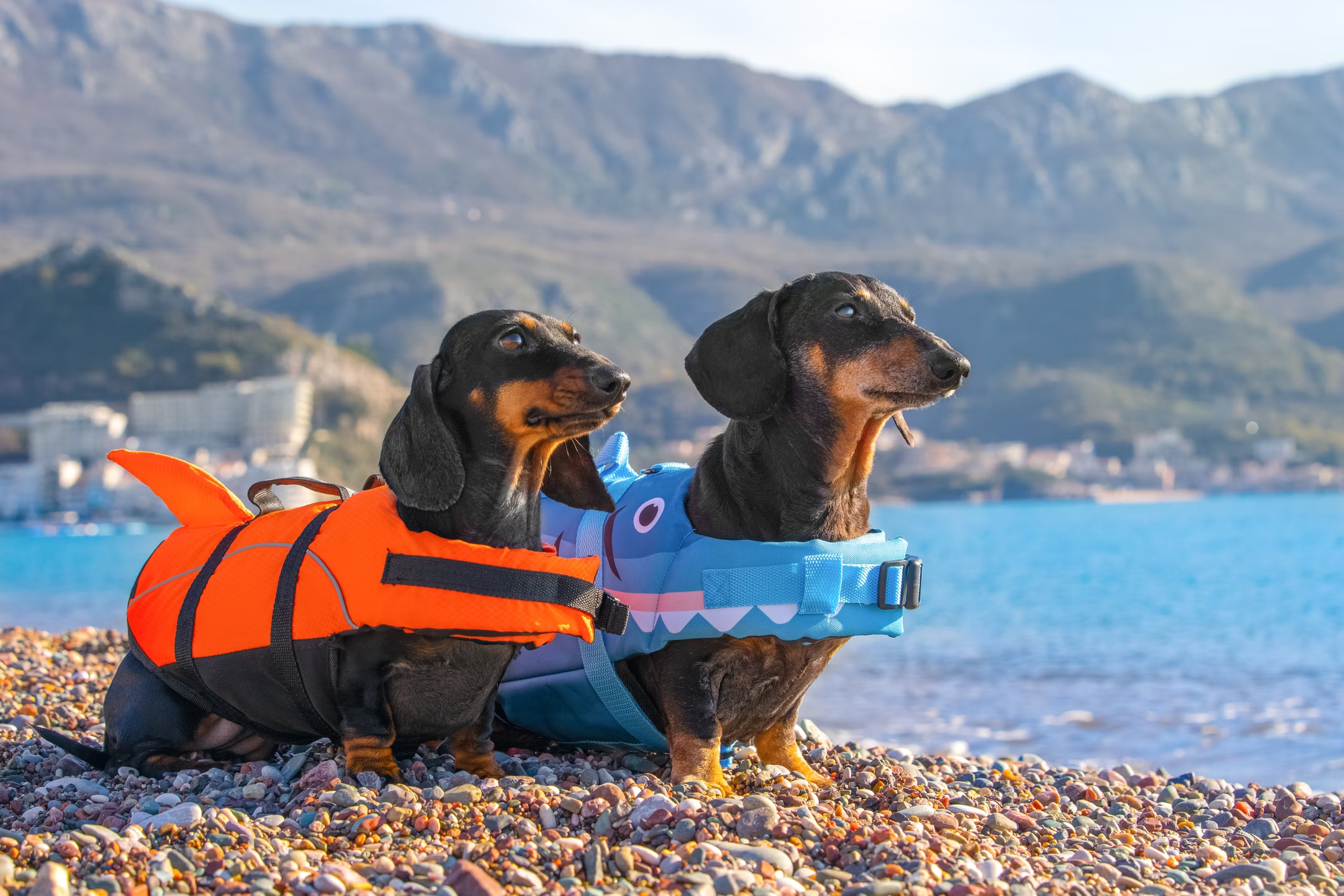
Water safety tips for dogs
Even if your dog loves to swim, it’s important to ensure their safety around water. Following are some tips to keep in mind.
- Supervise swimming: Always watch your dog while they are swimming to prevent accidents.
- Provide fresh water: Make sure your dog has access to fresh drinking water to prevent them from drinking potentially harmful pool, lake, or saltwater. Pro tip—pack a travel water bowl or bottle so you’ll always be prepared.
- Use life vests: If your dog isn’t a strong swimmer, a canine life vest can provide added safety. There are different styles available, so be sure to find the one that works best for your pup.
- Rinse off: After swimming, rinse your dog to remove chlorine, salt, or other contaminants from their coat and skin. Whether you’re looking for a soothing oatmeal formula or a fragrance-free product, there are plenty of choices for your dog’s post-swim shampoo.
Discover your dog’s genetic makeup with Wisdom Panel
If you’re curious about your dog’s affinity (or lack thereof) for water, Wisdom Panel dog DNA testing can provide valuable insights. You’ll get a detailed breed report and information about your dog’s physical traits. By learning more about their genetic background, you can tailor their activities and to their natural tendencies—and that will help keep them happy and healthy!


